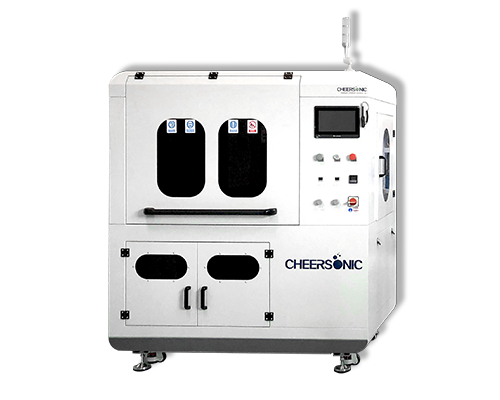Photoresist Composition
Photoresist Composition – Deposition of Thin Photoresist Films – Cheersonic
Photoresist is a mixed liquid that is sensitive to light. Its components include: photoinitiators (including photosensitizers, photoacid generators), photoresist resins, monomers, solvents and other additives.
Photoinitiators (including photosensitizers, photoacid generators): Photoinitiators, also known as photosensitizers or photocuring agents, are a type of energy that can absorb a certain wavelength from light (usually ultraviolet light). Photochemical reactions produce molecules of reactive intermediates with the ability to initiate polymerization. The products of this type of photochemical reaction can further react with other substances in the photoresist to help complete the photolithography process. Photoinitiators have an important effect on the sensitivity and resolution of photoresists. Photosensitizers and photoacid generators can help photoinitiators work better.
Resin: Resin is the main component of photoresist, which determines the basic properties of photoresist, such as adhesion, chemical resistance, and film thickness. The product of the photoinitiator’s photochemical reaction can change the solubility of the resin in the developer, thereby helping to complete the lithography process.
Monomer: Also known as reactive diluent, it has a regulating effect on the photochemical reaction of the photoinitiator.
Solvent: The solvent dissolves the various components of the photoresist together, and is also the medium for the subsequent photolithography chemical reaction.
And other additives: Additives of photoresist, such as pigments, etc., are added according to different purposes to adjust the overall performance of the photoresist.
Ultrasonic spraying technology is used for semiconductor photoresist coating. Compared with traditional coating processes such as spin coating and dip coating, it has the advantages of high uniformity, good encapsulation of microstructures, and controllable coating area. In the past 10 years, it has been fully demonstrated that the 3D microstructure surface photoresist coating using ultrasonic spraying technology, the prepared photoresist coating is significantly higher than the traditional spin coating in terms of microstructure wrapping and uniformity Craft.

The ultrasonic spraying system can precisely control the flow rate, coating speed and deposition volume. Low-speed spray shaping defines atomized spray as a precise and controllable pattern to avoid excessive spray when producing a very thin and uniform layer. The ultrasonic spray system can control the thickness from sub-micron to more than 100 microns, and can coat any shape or size.
